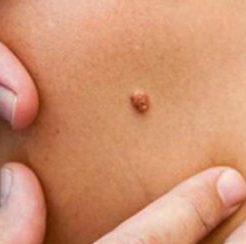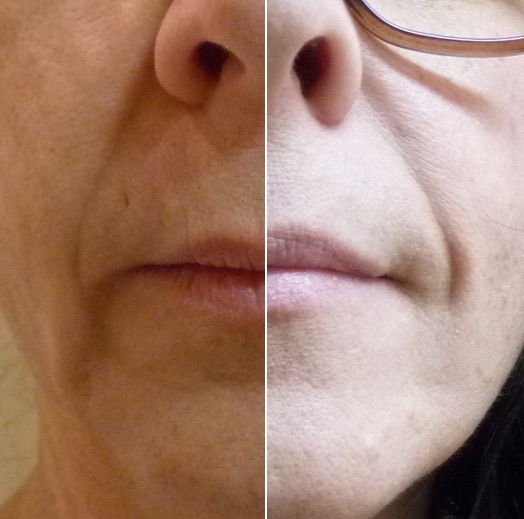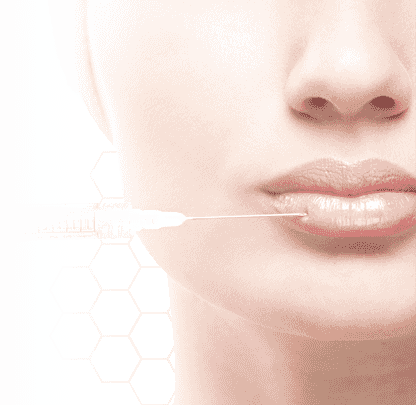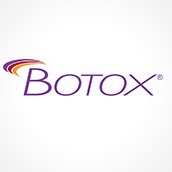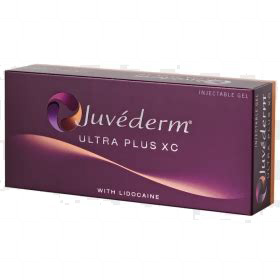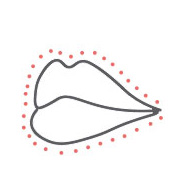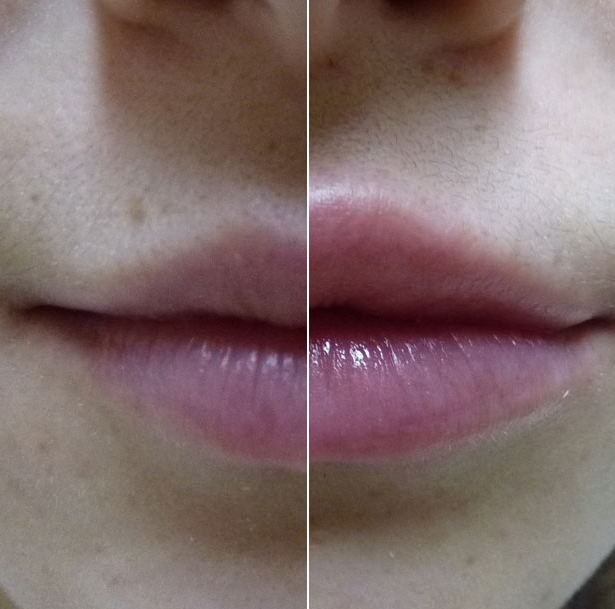What are the advantages?
Facial implants are commonly used by plastic surgeons to restore facial harmony or highlight a specific region . Such implants will, for example, correct a receding chin or sagging cheeks.
Is it for me?
Implants can improve your appearance and your self-confidence, but they will not necessarily change the quality of your relationships with others. Before opting for this intervention, clarify your expectations and discuss them with Dre Duclos. She will be happy to answer all your questions clearly and precisely and to inform you about the most appropriate treatments for your situation, indicating their advantages and disadvantages.
What techniques are used?
Several types of implants are available. In this section, we will only discuss implants inserted through an incision, unlike filling products temporary or permanent which allow you to increase the volume of the chin or cheeks without surgical intervention or incision (see section on injections).
For a classic implant, the procedure consists of making an incision inside the mouth or occasionally on the skin, making a pocket, inserting the most appropriate implant and fixing it. This procedure can be performed alone or combined with facial-redrapage</strong > or a rhinoplasty.
What should I expect?
During the consultation, Dr. Duclos will examine your face to ensure that the chin and/or cheek augmentation will be done while respecting the harmony of the face. After assessing your state of health and your expectations, she will make her recommendations and inform you about the type of implant, its diameter and the location of the incision. For cheeks, it is usually inside the mouth, and for chin, it can be inside the mouth or under the chin. She will explain the risks inherent to the procedure, will inform you about its progress, under local anesthesia with sedation or under general anesthesia, and will give you pre and postoperative instructions.
The duration of the intervention depends on its scale. You will then be under observation until your condition allows you to leave the clinic. A prescription for pain medication, instructions and the date of the next appointment will be given to you before your departure. Plan to ask someone to drive you home.
After the procedure, pain is generally mild and can be relieved with prescribed medication. They should subside after two days. Swelling and bruising will be at their worst two or three days after the procedure. Usually, bruising fades after 14 days.
If the incision is located inside the mouth, you will need to follow a liquid diet for 36 hours, then a soft diet for 36 hours. You will also need to wash your mouth with a solution three times a day for five days.
You will need to wear a chin strap especially for the first two weeks.
You will need to avoid strenuous physical activities for the first two weeks and avoid exposing the scars to the sun or tanning salon for about six months.
What are the risks?
Complications rarely occur, but it is important to know the risks of the procedure. Bleeding or poor healing may occur. As with any procedure, infection can occur, and is usually treated with antibiotics. However, if the implant was infected, it would have to be removed and waited a few months before putting another one back.
The implant may move and create asymmetry or compress a nerve. A second surgery may then be necessary. Loss of sensitivity in part of the face may occur. This change in sensitivity is usually temporary, but it can be permanent. In rare cases, it is possible to suffer from neuralgia and, even more rarely, from a loss of facial motor skills.


